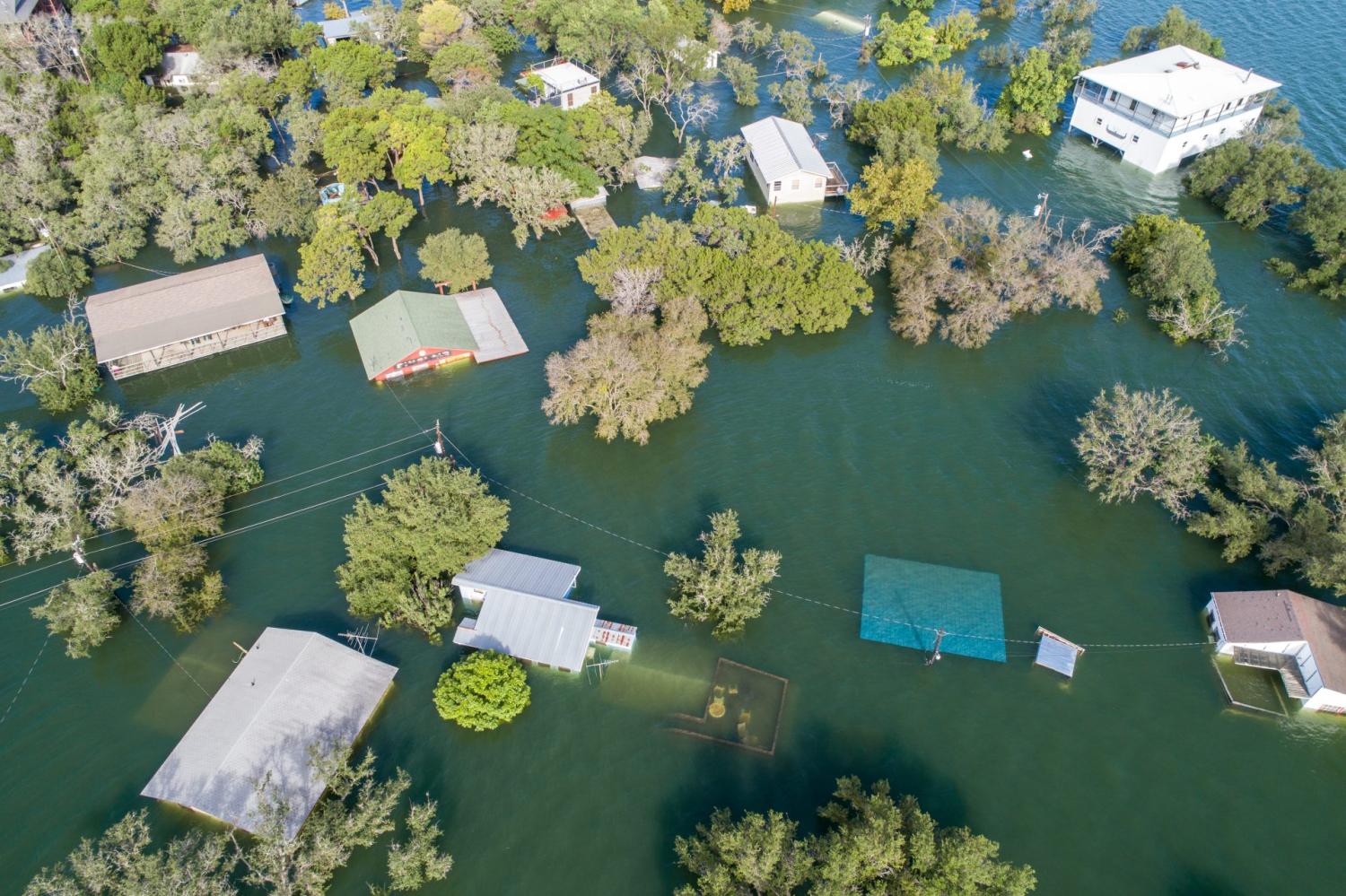As climate change continues to intensify—raising the urgency to address mounting risks and escalating costs—the public and private response remains slow and uneven. Steps toward more renewable energy are gradually taking hold, but a significant and immediate challenge continues to surround the country’s urban built environment: an increasingly vulnerable network of transportation, water, and private real estate assets. From roads and sewers to homes and commercial buildings, the location and design of current physical systems keep adding more greenhouse gas emissions to the atmosphere, overconsuming natural resources, and exposing people to greater dangers.
In itself, ‘resilience’ will not be a market driver; instead, reducing climate risks and seizing climate benefits in accountable, transparent ways will help generate more market activity.
If policymakers and practitioners are to accelerate climate action nationally, they can no longer overlook the needs of a broader set of built environment assets in urban areas.
The lack of climate action within built environment sectors often comes down to a lack of climate investment—and that gap exists due to a broken operational approach. Public and private leaders, including local infrastructure owners and operators such as transportation departments and water utilities, tend to follow a rigid, sequential process that results in similar types of projects and reinforces many ongoing economic and environmental inequities. It is a broken chain of steps that overlooks climate needs and faces several major pain points:
- An inconsistent data collection and measurement process based on fragmented or missing climate strategies
- A capital planning process to identify current and future infrastructure projects that often overlooks climate needs
- A project financing process based on unknown climate risks, costs, and benefits that focuses on individual projects and often prioritizes the same financial instruments (e.g., municipal bonds)
- A procurement process that uses the same familiar designs, technologies, and materials susceptible to higher risks over time
- An ongoing maintenance process to manage existing infrastructure that often ignores lifecycle costs and reacts to climate needs in real time

Meanwhile, real estate developers, lenders, and owners do not yet have transparent, consistent data to assess climate risks associated with specific locations or properties. Additionally, the fragmentation of climate risk across multiple actors—property owners, lenders, investors, and insurers—reduces the incentive of any one participant to change investment decisions.
However, many policymakers and practitioners across the country are taking steps to boost their “urban resilience”—the capacity of the built environment to be more flexible and responsive to climate impacts. They are testing new designs and technologies—from seawalls to rain gardens to permeable streets—to reduce risks, save money, create jobs, and benefit households and businesses. At the same time, private investors have demonstrated increased interest (and impact) in launching more climate investments nationally. But with so many climate needs to address and so little coordination, leaders are still struggling to realize the full potential of these investments across the built environment; nearly $30.2 trillion in transportation, water, and real estate assets could be reconfigured for a more resilient future.
Public and private sector leaders must rethink how we invest, not simply how much to invest. To achieve the scale of investment the country needs, it’s time to better tap the power of financial markets.
Financial instruments follow markets. Investors and other financial institutions will not spend the time developing financial instruments if there is nowhere to use them.
The U.S. needs a new climate finance framework to incentivize more climate investment, reduce risks in more places, and promote benefits for more people. Financial markets represent one of the most powerful ways to drive public and private action on climate resilience, but current public policies do not do a good job of steering capital to the most resilient uses. Regulations and public investment programs can better matchmake between private investors sitting on the financial resources and infrastructure owners and operators who have a demonstrated need. A refined framework should help identify, measure, and accelerate climate-conscious investments across the entire built environment by addressing several existing pain points:
- Developing clear climate goals and objectives and improving climate measurement and data collection, especially to inform capital plans. Infrastructure owners and operators managing transportation and water need to better align their climate strategies, not simply around a common definition of “resilience” per se, but around a recognition of shared climate risks, costs, and benefits.
- Leaders are not lacking financial instruments—they’re lacking ways to tap their full power. Disclosing climate risks and certifying climate costs and benefits will provide greater clarity for infrastructure owners and operators as they look to finance projects and fill an information gap for ratings agencies and many current and prospective investors. The same applies to the insurance industry, ratings agencies, and institutional owners within the real estate industry.
- Minimizing climate risks and maximizing climate benefits need to reach more people in more places. Federal policymakers and regulators have a central role to play encouraging investment in the most resilient designs, technologies, and approaches. Creating more visible public platforms of collections of resilient projects could expand the reach and impact of these investments in more regions nationally. A combination of carrots and sticks (new incentives and regulations) can also spur investment in more resilient projects and more proactive maintenance of existing infrastructure assets in need of upgrades.

Using quantitative research and 30-plus interviews with industry and policy leaders, Brookings has examined hurdles and opportunities around this new climate finance framework, with a focus on how to develop a more resilient built environment. We emphasize new planning and investment approaches in public infrastructure assets—namely, transportation and water—as an initial step in charting future actions, while alluding to other considerations across a complex array of private real estate assets. While some regions fall somewhere between the “traditional” and “resilient” approaches described above, there is clear room to better identify and integrate climate improvements across the built environment.
There are two drivers of investor demand for resilient projects: climate realities and government incentives.
Challenges around climate investment—much like climate change—will not disappear overnight. Public and private leaders across the U.S. continually struggle to measure or price the negative impacts from a more destructive climate (or the positive impacts from more proactive climate action), which represents a sizable market failure. They also lack mature regulations and guidelines to protect and securitize assets across the entire built environment, which represents a sizable policy failure. But additional research and experimentation have the potential to accelerate climate investment. This report is one step in building greater capacity around these ongoing efforts.
The Brookings Institution is committed to quality, independence, and impact.
We are supported by a diverse array of funders. In line with our values and policies, each Brookings publication represents the sole views of its author(s).








